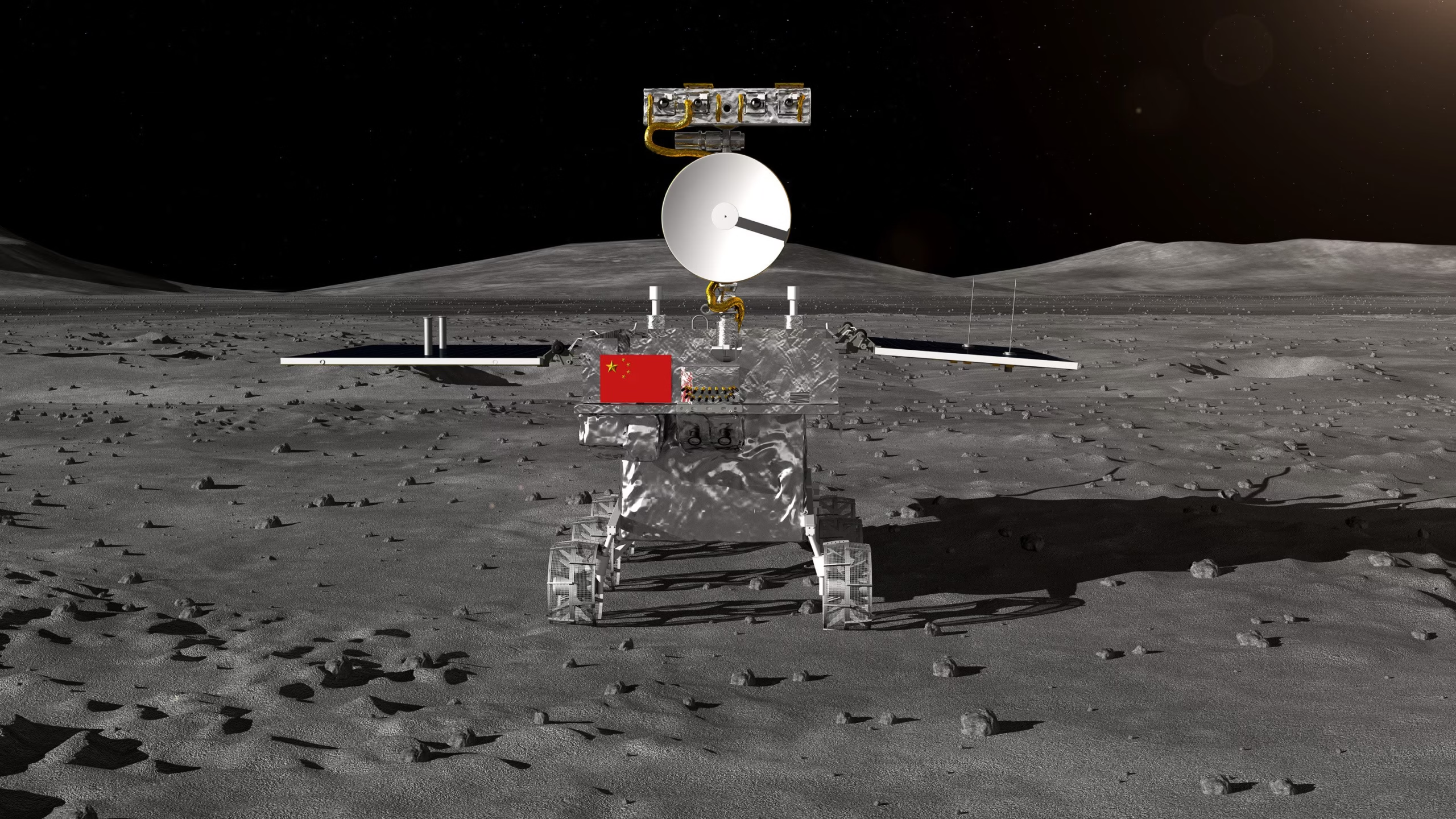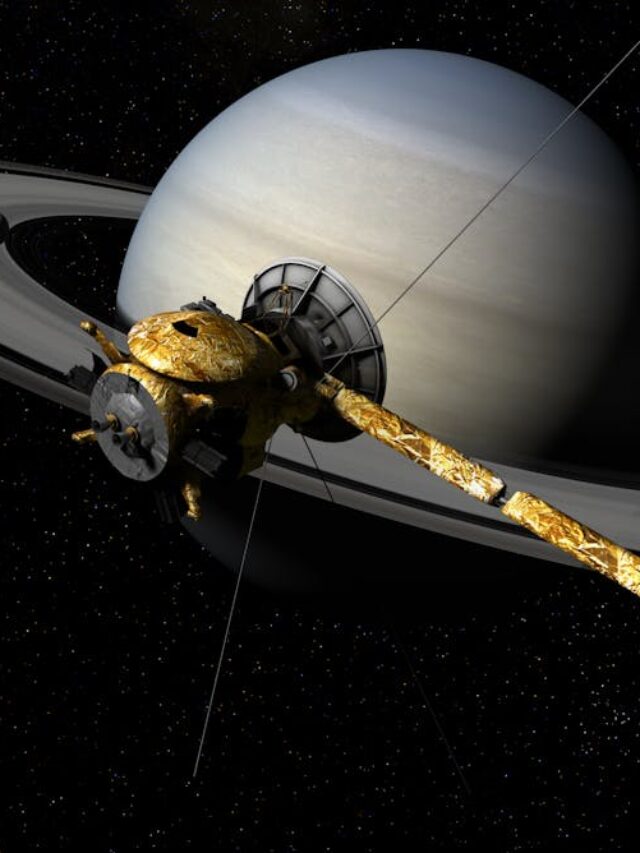China’s New Moon Rover: Exploring Lunar Frontiers with Innovation and Discovery
China’s New Moon Rover is capturing global attention as the nation pushes forward in its ambitious lunar exploration program. This rover represents not only a leap in technology but also a bold step in the international space race. In this article, we’ll explore the design, objectives, and global impact of China’s New Moon Rover, while uncovering how it may shape the future of lunar exploration.
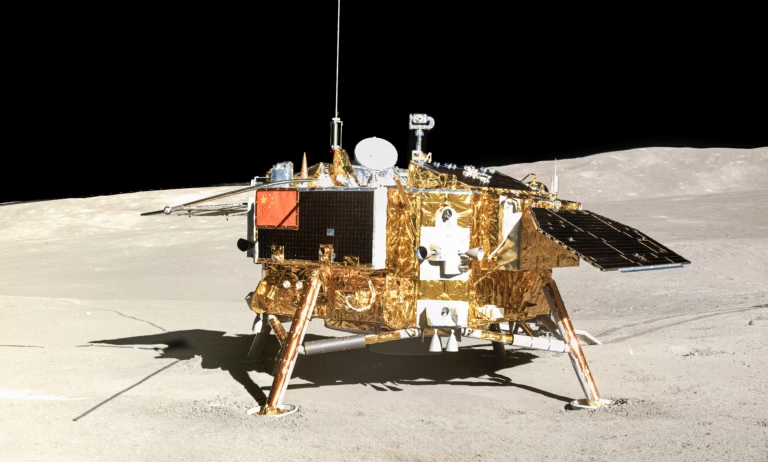
China’s New Moon Rover—officially named Tansuo (meaning “to explore”)—is part of the country’s upcoming crewed lunar mission, targeted before 2030. Unlike earlier robotic rovers such as Yutu‑2, Tansuo is designed to carry astronauts across the lunar surface.
It is unpressurized, lightweight, and engineered for rugged terrain.
It will support China’s first crewed lunar landing, alongside the Wangyu Spacesuit (“gazing into the cosmos”).
The rover is currently in the prototype stage, undergoing extensive field tests in simulated lunar environments.
This marks a shift from robotic exploration to human‑assisted lunar exploration, signaling China’s readiness for long‑term lunar presence.
China’s New Moon Rover and Its Scientific Objectives
The mission of China’s New Moon Rover is not just transportation. It will also play a vital role in scientific discovery.
Lunar South Pole Exploration: The rover will target the Moon’s south pole, a region rich in water ice.
Soil and Rock Analysis: Instruments will study lunar regolith to understand its composition.
Resource Utilization: Data will help test in‑situ resource utilization (ISRU), a key step toward lunar bases.
Geological Mapping: The rover will map terrain features, aiding future construction and exploration.
By focusing on the south pole, China joins NASA’s Artemis program in targeting the same scientifically valuable region.
Technology Behind China’s New Moon Rover
China’s New Moon Rover is a showcase of advanced engineering.
Mobility: Six rugged wheels designed for steep slopes and soft regolith.
Power: Solar panels optimized for long lunar days.
Navigation: Autonomous driving systems with AI‑based hazard detection.
Communication: Relay satellites to maintain contact with Earth.
Compared to Yutu‑2, which was robotic and solar‑powered, Tansuo is larger, stronger, and astronaut‑focused. It represents a generational leap in rover design.
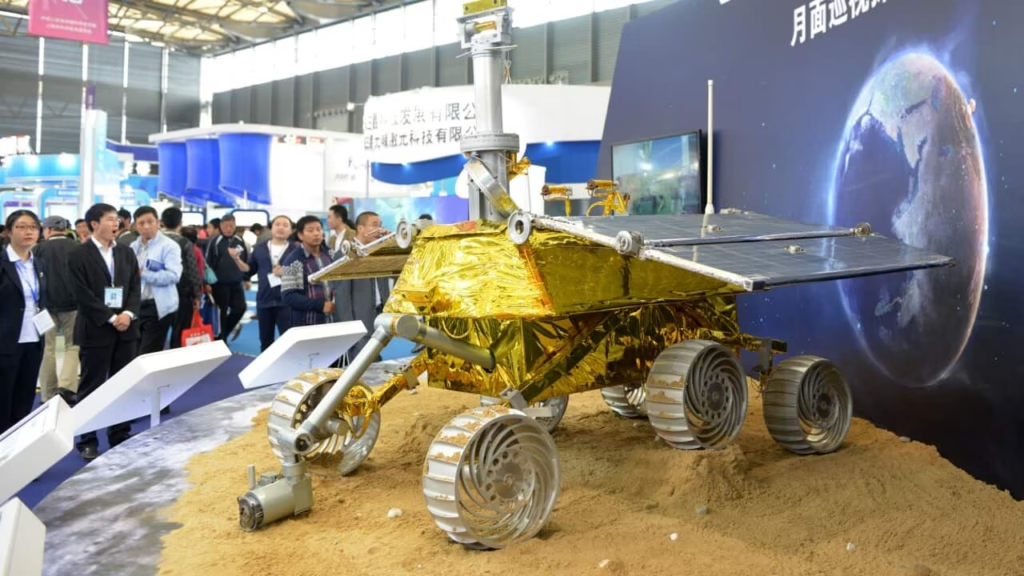
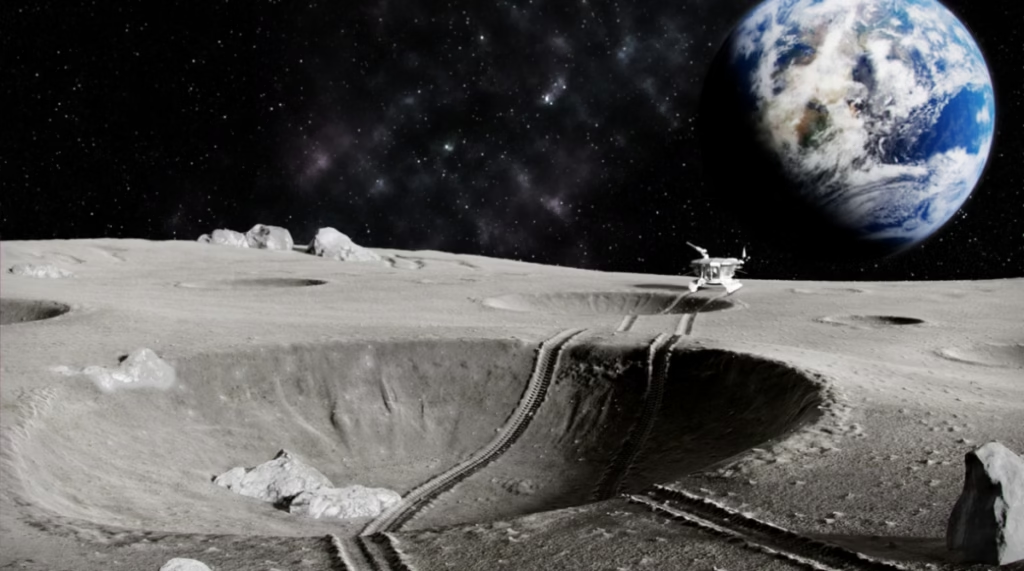
Global Impact of China’s New Moon Rover
The unveiling of China’s New Moon Rover has intensified the modern space race.
China vs. NASA: While NASA prepares its Artemis missions, China is positioning itself as a rival lunar power.
India’s Role: With Chandrayaan‑3’s success, India is also a key player in lunar exploration.
International Cooperation: China has invited global partners to collaborate on lunar science.
This rover is more than a machine—it is a symbol of national ambition and a statement that China intends to be a leader in space.
For comparison, see NASA’s Artemis Program, which shares similar goals of lunar south pole exploration.
Challenges Facing Moon Rover
Despite its promise, China’s New Moon Rover faces significant challenges:
Harsh Environment: Extreme temperatures ranging from –173°C to +127°C.
Communication Delays: Earth‑Moon distance requires advanced relay systems.
Radiation: Electronics must withstand high radiation levels.
Engineering Risks: Testing on Earth cannot fully replicate lunar conditions.
China’s engineers are addressing these issues with radiation‑hardened electronics, AI navigation, and robust testing.
Future of Lunar Exploration
The future of lunar exploration may hinge on missions like China’s New Moon Rover.
Human Landings: The rover will support China’s first astronauts on the Moon.
Lunar Bases: Data will guide construction of permanent research stations.
Resource Mining: Water ice could be converted into fuel, enabling Mars missions.
International Collaboration: China may open its lunar program to partners, reshaping global space politics.
This rover is not just a vehicle—it is a pathfinder for humanity’s next great frontier.
Why China’s New Moon Rover Matters
China’s New Moon Rover is more than a technological achievement. It is a declaration that humanity is entering a new era of lunar exploration. With its advanced design, scientific goals, and symbolic importance, Tansuo may become one of the most influential space vehicles of the decade.
As the world watches, this rover could redefine how we explore, live, and work beyond Earth.
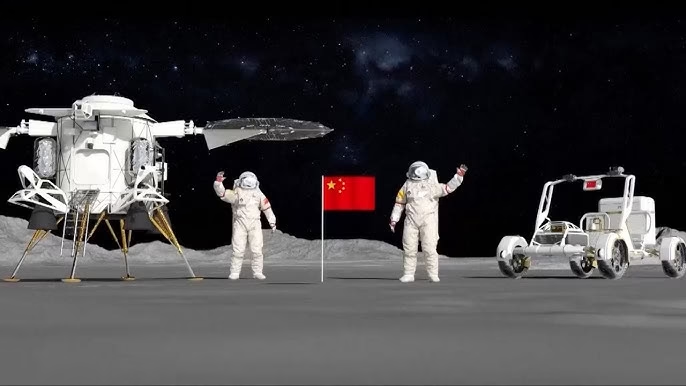
📌 Pin this: Bookmark Cosmic Curiosity and never miss a cosmic update—your daily gateway to the wonders of the universe!

